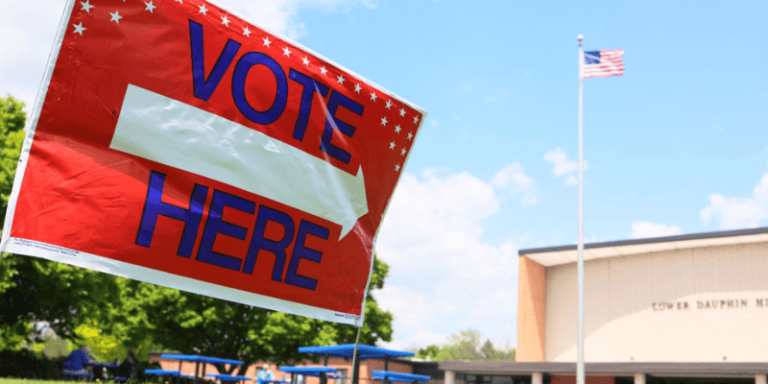The Primary and Caucus Process
It’s important to understand how the political parties select their candidates.
By: Sarah Cowgill | January 20, 2020 | 375 Words

(Photo by Michael M. Santiago/Getty Images)
The majority of presidential contenders are members of two dominant political parties in America: The Republican Party and Democratic Party. These candidates have been through months of campaigning that serves, in part, as a weeding out process leading to each Party’s nominating conventions, which are usually held in July. But getting to the convention involves winning each U.S. State’s primary or caucus – in a manner determined by either the political party or state government.
Caucus
The caucus is organized by state political parties and is traditionally known as a “meeting of neighbors.” Voters assemble on one day to discuss who they believe to be the best candidate that represents their specific political platform. At the end of the meeting a vote is called, and delegates are selected to attend a county or state convention who pledge to support the winner of the caucus. These delegates go on to then select delegates to the national convention.
Primary
A primary is run much like a general election. There are two types of primaries: open and closed. In a closed primary, voters who are members of either the Republican or Democratic Parties, must vote only for the candidate in their same party. The open primary allows Democrats to vote Republican, Republicans to vote Democrat, and any other party – Independent, Green, Libertarian – to vote for their choice. It is organized by the state’s government and voters cast a secret ballot for the candidate of their choice. Whoever receives the popular vote is the winner of the primary.
In a presidential primary, the winner is also afforded the majority of the state’s delegates to the nominating convention.
The Days to Watch
The state of Iowa holds its caucus in early February (February 3, 2020) – the very first day of primaries and caucuses. They are followed by New Hampshire (February 11, 2020), and the two are usually indicative of how the rest of the country will vote. The biggest day is Super Tuesday, at the very beginning of March. March 3, 2020 is incredibly important, as 35.2% of delegates are up for grabs – the largest one-day tally of results. Many candidates begin dropping out after Super Tuesday.
By June 6, 2020, there should be a clear winner heading to the nominating convention.
















